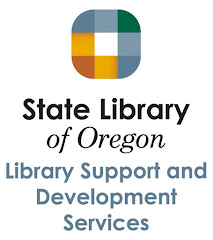From the publisher: In the years since John Huber’s trailblazing Lean Library Management was published, budget pressures on libraries have only increased. Yet libraries who have adopted his strategies have turned conventional management thinking—that if budgets are reduced, customer service suffers—on its head. These libraries have proven that by streamlining and improving customer services, they can eliminate wasteful activities and bring down costs. In The Purpose-Based Library, Huber and seasoned public library administrator Potter build on insight gleaned from decades of experience to demonstrate how libraries can create real growth opportunities through concentrating on their true mission and purpose, and without spending a lot more money. With a focus on putting ideas into action, they point the way towards:
- New ways to think about metrics
- Reexamining customer self-driven services
- Effectively leveraging the considerable footprint of libraries
- Identifying and assessing community needs and realigning library services accordingly
- Actively encouraging community fundraising
- Offering cutting-edge services and programs
Table of Contents.








